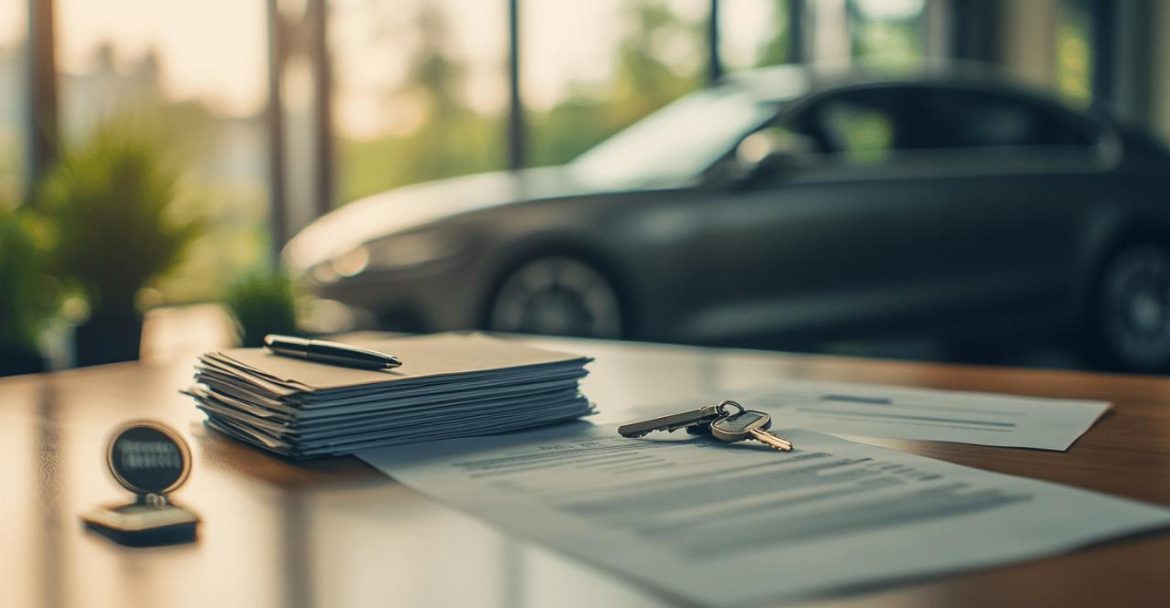The process of deregistering a vehicle in the UK involves specific procedures and documentation that must be followed carefully to avoid penalties and ensure proper record-keeping. This comprehensive guide will walk you through the official requirements and processes set by the Driver and Vehicle Licensing Agency (DVLA) for vehicle deregistration. Whether you're scrapping your vehicle, keeping a private number plate, or dealing with an imported car, understanding these regulations is essential for any vehicle owner.
Official dvla deregistration process
When permanently removing a vehicle from UK roads, you must follow the official DVLA deregistration process to avoid potential fines and complications. According to information from autoregional24.de and other authoritative sources, failing to notify the DVLA when scrapping a vehicle can result in a £1,000 penalty. The deregistration process ensures that you are no longer responsible for the vehicle in the eyes of the authorities.
Notification methods and timeframes
The DVLA requires prompt notification when a vehicle is being taken off the road permanently. If you are scrapping your vehicle, you must take it to an Authorised Treatment Facility (ATF), also known as a scrapyard or breaker's yard. These facilities are licensed by environmental agencies such as the Environment Agency, Natural Resources Wales, or SEPA to ensure proper disposal that meets environmental regulations.
When surrendering your vehicle to an ATF, you need to provide your V5C logbook but should retain the yellow section marked 'sell, transfer or part-exchange your vehicle to the motor trade'. The ATF will then issue a Certificate of Destruction (CoD) within seven days, which serves as official proof that the vehicle has been properly deregistered and disposed of.
Confirmation and record-keeping
After delivering your vehicle to an ATF, you must inform the DVLA by completing Section 9 of your V5C logbook and sending it to DVLA, Swansea, SA99 1BD. Alternatively, online notification options may be available depending on your circumstances. Upon successful notification, you will receive confirmation that your vehicle has been officially deregistered, releasing you from tax and insurance obligations for that vehicle.
It is vital to maintain copies of all documentation related to the deregistration process, including the Certificate of Destruction and DVLA confirmation. These records protect you from any future liability issues and verify that you have followed all legal requirements for vehicle deregistration.
Documentation and eligibility criteria
 The deregistration process requires specific documentation and must meet certain eligibility criteria depending on your situation and the type of vehicle involved. Understanding these requirements beforehand will help ensure a smooth deregistration experience.
The deregistration process requires specific documentation and must meet certain eligibility criteria depending on your situation and the type of vehicle involved. Understanding these requirements beforehand will help ensure a smooth deregistration experience.
Essential paperwork and proof requirements
For UK-registered vehicles, you will need to provide your V5C logbook, photo identification, and proof of address to the ATF. If you are deregistering an imported vehicle that has UK registration, the process follows the same path as any UK car. However, for vehicles with foreign registration plates that have never been registered with the DVLA, you must contact the original country's vehicle licensing office to handle the deregistration process in that jurisdiction.
If you wish to retain a private number plate before scrapping the vehicle, you must apply to remove it before proceeding with deregistration. This requires submitting form V317, the V5C logbook, and an £80 fee to the DVLA. Successful applications result in a V778 retention document that allows you to keep the private registration number for up to 10 years, with the option to renew.
Qualifying circumstances for vehicle deregistration
Vehicles qualify for deregistration under various circumstances, but certain conditions must be met. For instance, to retain a private registration number, the vehicle must be registered with the DVLA in the UK, be able to move under its own power, have the appropriate MOT or HGV test certificate, and be available for DVLA inspection if requested.
Additionally, the vehicle must have been either taxed or declared off-road with a Statutory Off Road Notification (SORN) continuously for the past five years. If a SORN has been in place for over five years, the vehicle must be taxed and have a valid MOT before the deregistration process can proceed. Even historic vehicles that are typically exempt from MOT requirements need a current MOT certificate for deregistration purposes.
For imported vehicles, additional considerations apply. If the vehicle is classified as 'seriously damaged', it cannot be registered or taxed in the UK, which affects the deregistration process. In such cases, scrapping at an ATF remains the appropriate path, but notification to HMRC may also be necessary, especially for recently imported vehicles.

